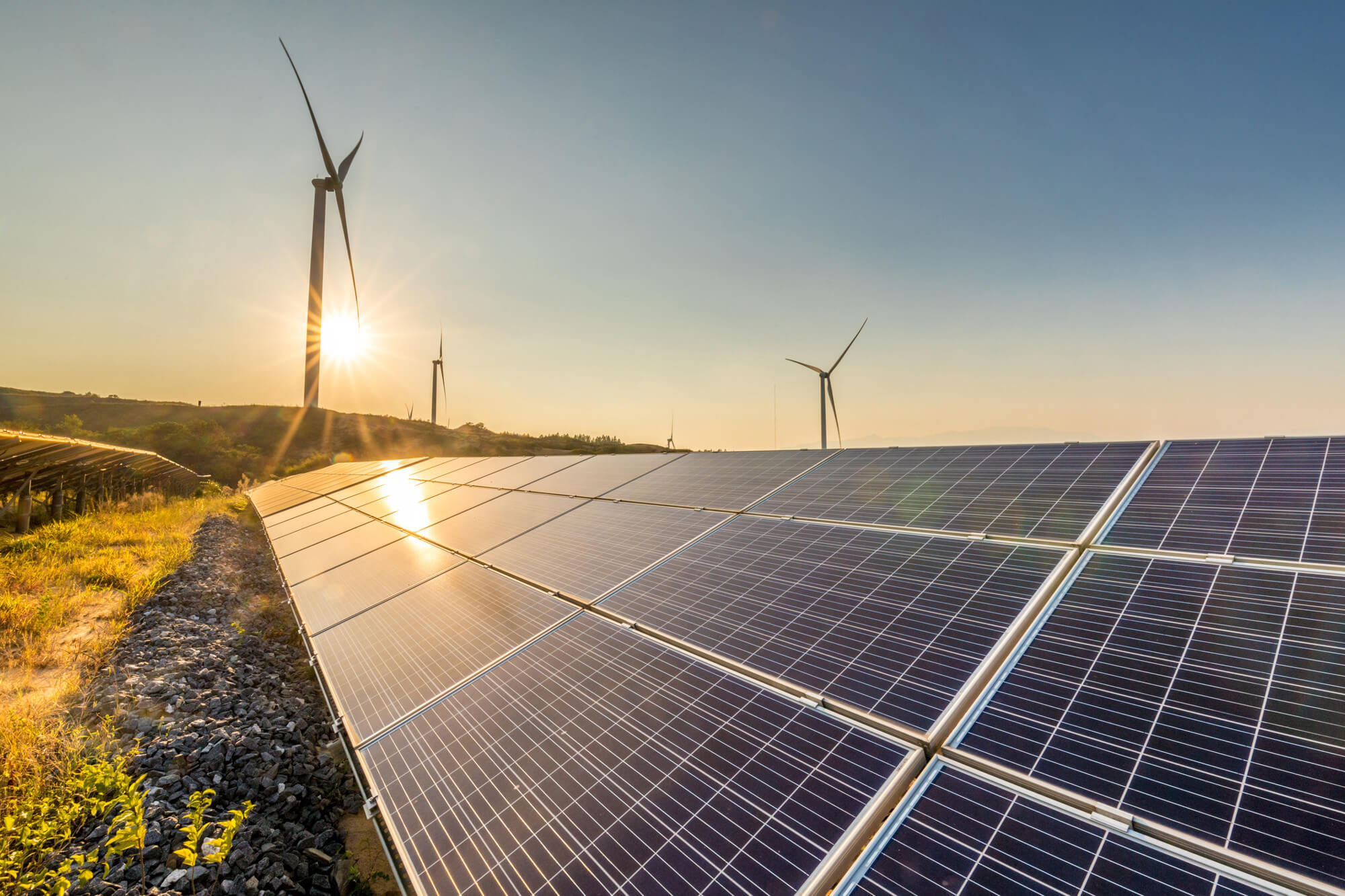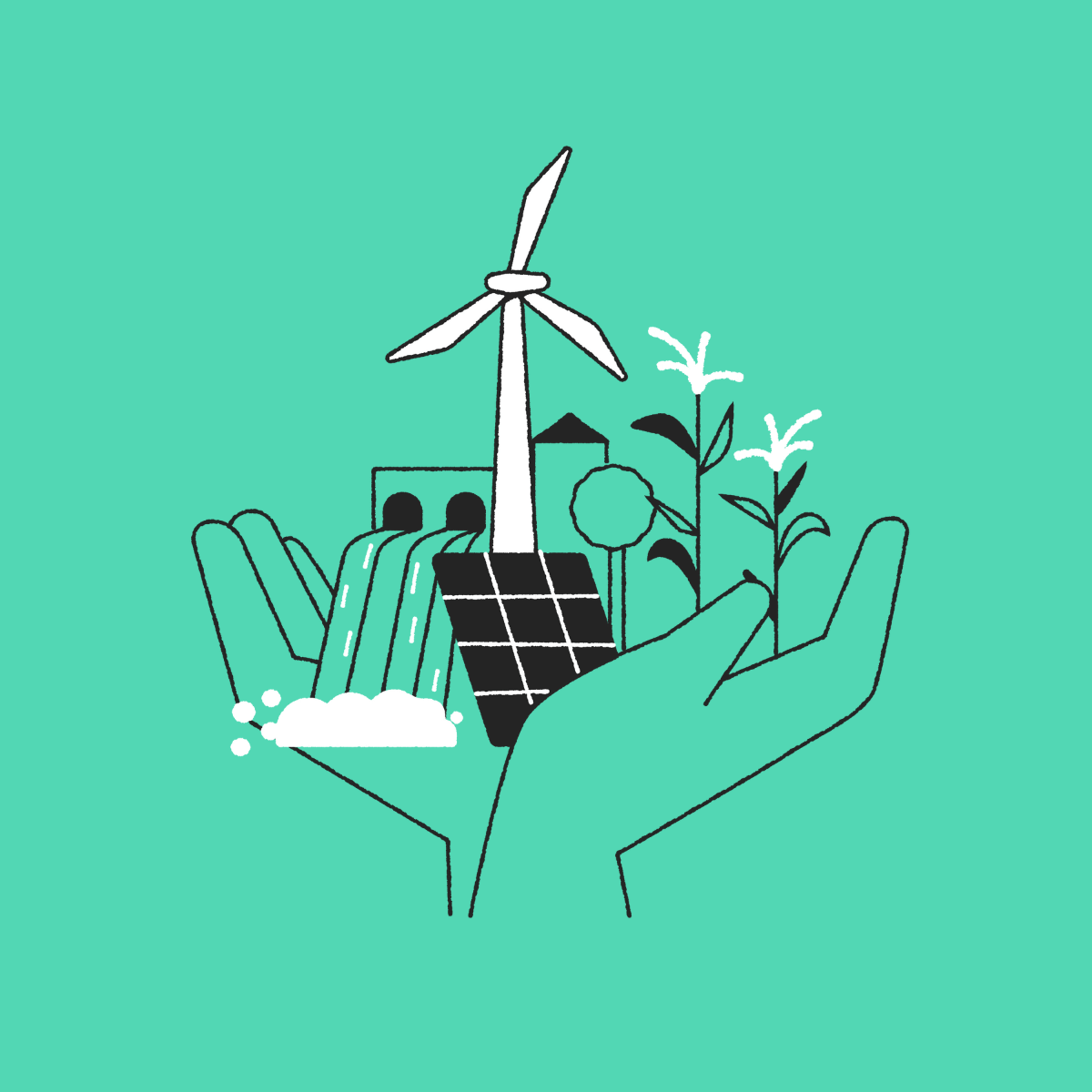Real Assets
We build future energy systems and resilient infrastructure, backing emerging opportunities in technology, land and water.
Real Assets
Private Equity & Ventures
Real Assets
Private Equity & Ventures
Louis Bromfield, Senior Sustainable Investment Manager, discusses the emerging trend towards electrification and clean energy and how aligning with these themes early may offer opportunities as the global landscape develops.

Today, as the clean economy expands, that advantage is eroding. At the centre of this shift is electricity, increasingly supplied by renewable sources.
This shift marks the beginning of the electrostate era. Electrostates are countries whose strength rests on renewable generation, advanced grids, technological leadership, and control of the minerals and manufacturing that will enable system-wide electrification. China has emerged as the leading electrostate, demonstrating how dominance in clean-tech manufacturing and rapid progress in domestic electrification can translate into economic and strategic advantage. Where access to oil and gas once determined the economic and strategic prospects of individual nations, control of clean energy technologies and supply chains could increasingly define their future competitiveness.
Electrification will be a defining feature of the electrostate era. It is emerging as one of the fastest routes to cut emissions and a powerful driver of economic growth. Today, electricity accounts for around 20% of final energy consumption worldwide and to align with net-zero pathways must rise to roughly 55% by 2050.1 Electrostates will use this expansion to scale domestic markets, accelerate innovation, and build competitive export industries. For investors, this points to sustained demand across vehicles, heating, industrial equipment, and the services that integrate them into the grid.
The contours of this shift are already visible in how major economies are positioning themselves. China has moved furthest, scaling renewables and electric vehicles while dominating refining and manufacturing. Over the past decade its installed solar capacity has grown by more than 3,500%, and in 2024 it accounted for 76% of global clean tech factory investment.2 Europe, in the face of supply-chain gaps and energy-security pressures following the war in Ukraine, has advanced initiatives such as REPowerEU, major offshore wind commitments, and support for a domestic battery industry. The United States signalled intent to accelerate electrification and expand domestic clean energy manufacturing capabilities through the Inflation Reduction Act, but recent political headwinds have seen fossil-fuel production reinforced.
For investors, the rise of electrostates represents a long-term structural investment theme. The transition from extraction to electrification will likely increase demand across renewables, grids, storage, materials, and manufacturing. Companies supplying the equipment and services that enable this system will benefit from structural rather than cyclical growth. In the 20th century, access to abundant and affordable hydrocarbons underpinned industrial growth and gave importing nations a decisive economic edge. In the electrostate era, advantages will instead accrue to countries able to generate, store, and use clean energy at scale. Investors who identify this shift early could be well placed to take advantage of future policy support and capital flows.
As countries seek to establish themselves as electrostates, the following common approaches are shaping national strategies and indicating where investment opportunities will develop.
The emerging electrostate era signals a lasting shift in the foundations of energy, growth, and competitiveness. China already shows what strategic investment in this new era can achieve, building dominance across clean energy supply chains while electrifying every sector of its economy. Western economies have the chance to adapt the model to their own strengths, building resilience and securing long-term advantages. For investors, the emerging trend is toward electrification and clean energy supply; aligning with these themes early may offer opportunities as the global landscape develops.
Louis Bromfield
Senior Sustainable Investment Manager
Foresight Capital Management
For further information, please get in touch with your regular Foresight contact or the client team on the details below:
1 Enerdata, World Energy & Climate Statistics – Yearbook 2025.



You have viewed 0 of 0
Foresight Group LLP does not offer legal, tax, financial or investment advice and the information on this website should not be construed as such. We recommend investors seek advice from a regulated financial adviser. The opportunity described in this document may not be suitable for all investors. Any such investment decision should be made only on the basis of the Fund scheme documents and appropriate professional advice.
Foresight Group LLP acts as investment manager and is authorised and regulated by the Financial Conduct Authority with Firm Reference Number 198020 and has its registered office at The Shard, 32 London Bridge Street, London SE1 9SG.
OEICs
An investment in FP Sustainable Future Themes Fund, FP Foresight Global Real Infrastructure Fund, FP Sustainable Real Estate Securities Fund, FP UK Infrastructure Income Fund or FP WHEB Sustainability Impact Fund and Liontrust Diversified Real Assets Fund (together the “Funds”) should be considered a long-term investment that may be higher risk. Portfolio holdings are subject to change without notice.
The Authorised Corporate Directors FundRock Partners Limited (registered office at Hamilton Centre, Rodney Way, Chelmsford, England, CM1 3BY) and Liontrust Investment Partners LLP (registered office 2 Savoy Court, London WC2R 0EZ), are authorised and regulated by the Financial Conduct Authority with Firm Reference Numbers 469278 and 518552 respectively. The Funds are incorporated in England and Wales.
ICAVs
An investment in the WHEB Sustainable Impact Fund and the WHEB Environmental Impact Fund (together the “Funds”) should be considered a longer-term investment that may be higher risk. Portfolio holdings are subject to change without notice.
The Manager of the Funds is FundRock Management Company S.A., authorised and regulated by the Luxembourg regulator to act as UCITS management company and has its registered office at Airport Center Building, 5, Heienhaff, L-1736 Senningerberg, Luxembourg.
We respect your privacy and are committed to protecting your personal data. If you would like to find out more about the measures, we take in processing your personal information, please refer to our privacy policy, which can be found at http://www.foresight.group/privacy-policy.